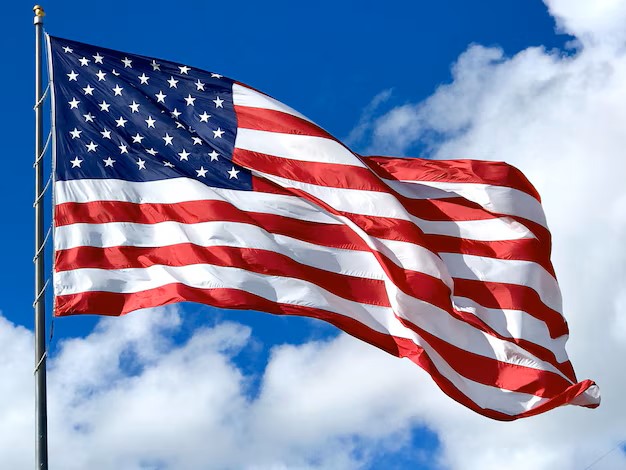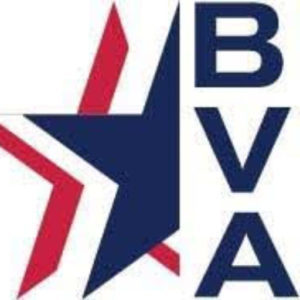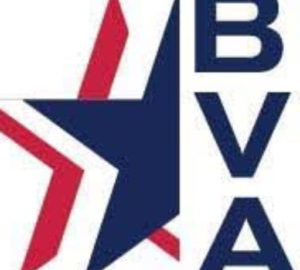
Perhaps it is but a coincidence that the date of the founding of our first military forces and the founding of the most powerful symbol of the freedoms of the United States of America are one and the same.
The U.S. Army was established on June 14, 1775, when the Continental Congress authorized enlistment of riflemen to serve the United Colonies for one year. Many believed at the time that the creation of the force would result in efforts to gain independence from the British.
Two years later to the day, on June 14, 1777, the Continental Congress adopted the following resolution following the report of a special committee that had been assigned to suggest a flag’s design: “That the flag of the United States shall be of 13 stripes of alternate red and white, with a union of 13 stars of white in a blue field, representing a new constellation.”
Despite those early beginnings, honoring the flag on June 14 did not occur again until 1889, when Professor George Bolch, principal of a free kindergarten for the poor of New York City, had his school hold patriotic ceremonies to observe the anniversary of the Flag Day resolution. The initiative attracted attention from the State Department of Education, which arranged to have the day observed in all public schools thereafter.
Similar efforts occurred in Pennsylvania, which recognized June 14 as a legal holiday in 1937, and in Wisconsin, where schoolteacher Bernard Cigrand spent years trying to get Congress to declare June 14 as a national holiday. Although Cigrand’s attempts failed, the day was widely observed throughout the state.
Both President Woodrow Wilson, in 1916, and President Calvin Coolidge, in 1927, issued proclamations asking for June 14 to be observed as the National Flag Day, but it wasn’t until August 3, 1949, that Congress approved the national observance and President Harry Truman signed it into law. Perhaps due to Cigrand’s early efforts, Pennsylvania remains the only state that recognizes Flag Day as a legal holiday worthy of a day out of school or work.
One week from today, June 14, consider commemorating the day one or both ways. First, fly or display the flag outside your home, inside your office, or at a public place or gathering. Second, whether you are a veteran yourself or not, call, email, or send a text message to someone you know who served in the Army or is currently serving to simply thank them. You could also engage them in a personal conversation about their service—where they were/are stationed, their Military Occupational Specialty, or when they served. It would likely make the day more meaningful to them.


